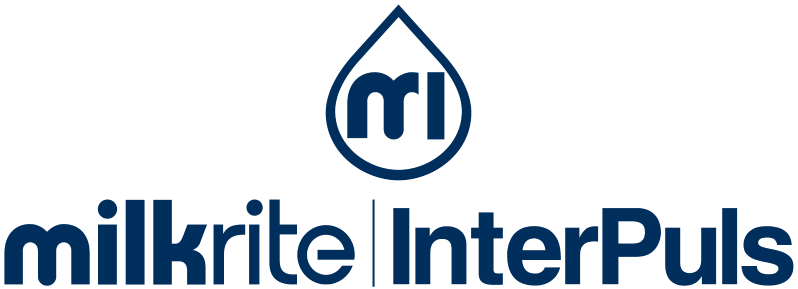
Labour efficiency: Here’s how you can improve it
Discover the key red flags of labour inefficiency and overcome them with our advice on human resource and parlour equipment management.
If you and your staff are in search of ideas to improve human resource management efficiency on your farm, especially during milking, you will find some tips at your disposal, below.
- Human resource management
- Communication, respect & transparency. Uninformed employees make the most expensive decisions; therefore, communication is essential for a thriving business, good relations, and higher productivity.
To improve it, the manager needs to formulate clear goals and cascade them to each employee. Personal targets have to be mutually accepted, measured, and reviewed annually.
At the same time, the manager should value the staff, by listening to their desires and giving them constructive feedback.
- Experts’ advice. When in need of enhanced employee relations and management styles, you should consider training held by Dairy and Farming Associations on how to better manage human resources. Taking on a farm labour consultants’ support is a good choice as similar situations cases can be a source of inspiration.
- Business management tools. These help shape and structure responsibilities, as well as measure performance:
- The organization chart (OC) defines responsibilities and structures the communication flow.
For each role in the OC, a related job description is required, in order to have a clear division of the tasks on the farm. The key information it should contain there includes:
- Job title
- Tasks & activities
- Authority
- Replacement in case of absence.
- Productive work plan and shifts. Since a structured organization of the work is the founding base for high-quality throughput, these two elements establish task coordination and working hours, including meaningful breaks.
- Standard Operating Procedures (SOP). By carefully describing processes, this too is designed to ensure the achievement of the highest work quality in the most efficient way and that is why they should always be shared and available in the workplace. An SOP for a specific job should detail:
- Who performs it
- A clear description of it
- Its goals
- How each step has to be performed to carry it out
- What tools and requirements are needed to perform it.
From the amount of content needed, it is clear that creating and improving SOPs takes time. Nevertheless, it will help save time later, ensuring the best outcome possible, even facilitating the onboarding of un-skilled labour.
- Organized environment. Finding the right tool, in the right place, at the right time can help improve efficiency. For this reason, keeping track of all the equipment available through recurring inventory activities, maintaining the workplace safe and well-organized, and recognizing any possible danger to prevent future accidents are important actions to improve human resource management.
- Parlour equipment management
- Measuring performance. To evaluate the level of efficiency of the team, it is important to measure both farm and employees’ performance. To do this, the following KPIs can help:
- Average flow rate
- Average milking duration
- Turns per hour
- Milk harvest in first two minutes
- Time in low flow (less than 400 g/minute)
The result is an overview of how well employees prepare cows to be milked, complete milking, and how calm cows are.
To further reduce unexpected waste of time and money, three further aspects should be considered:
- A well-cleaned parlour will contribute to keeping cows healthy.
- Noise levels. A quiet environment fosters stimulation and milk production in cows.
- A well-lit parlour will improve cows’ visibility and help farmers evaluate udder and milk conditions.
- Right equipment & support. Relying on the best tools and services, designed to make the farmers’ workload more sustainable is one more action not to be forgotten, and here are some examples:
- Automatic Cluster Removers save employees’ labour, while preserving udder health.
- Milk meters help to keep milk quality and production under control, making it possible to identify the yield of each animal and the right milk-feed ratio, avoiding any pointless action.
- Precision Farming entails a series of strategies and technologies, such as neck tags, that allow farmers to increase efficiency, producing more with less effort and resources. In fact, by analysing data and goals, it ensures the right intervention is carried out in the right place, at the right time, without the risk of identifying issues too late.
- Saving time on liner and cluster replacement further optimizes performance, by minimizing both time waste and risk of health or equipment issues.
If you are wondering how, the right answers are our Liner Exchange Service and Cluster Exchange Service.
In fact, we chose to support you by sending pristine liners or clusters after 2500 milkings, so you can install them easily and in a timely manner. We then collect the old equipment and provide you with a report about your parlour settings and the efficiency of your washing systems.
It is clear how severe the impact of labour inefficiency on your farm profitability can be, in terms of employee motivation and performance, animal health, and additional costs. For this reason, we encourage you to start prioritizing your human resource management and unlock the full potential of your team.
